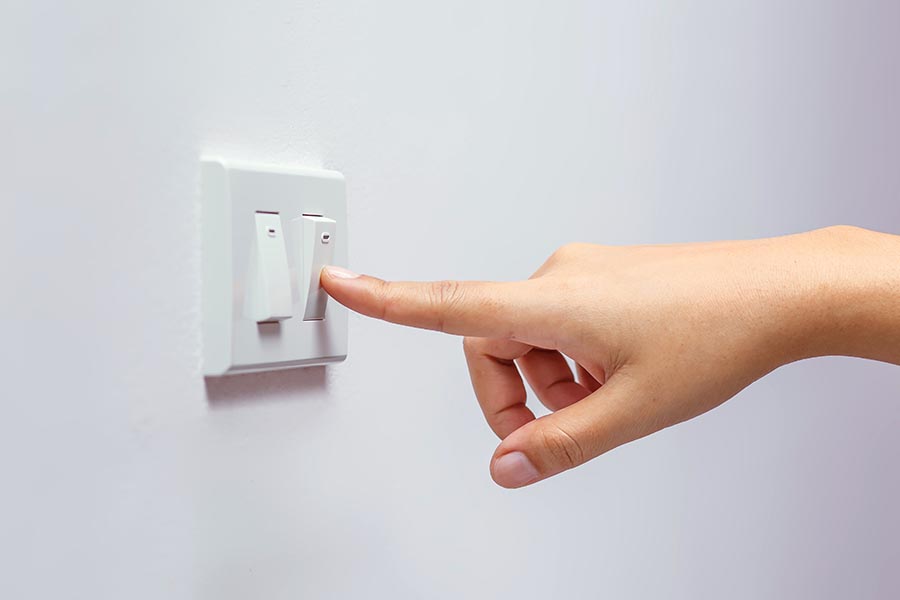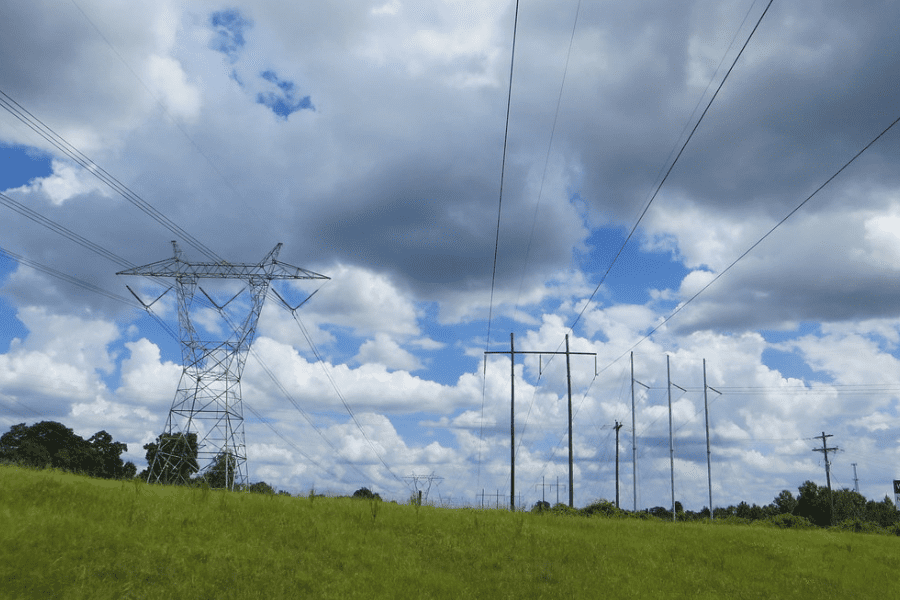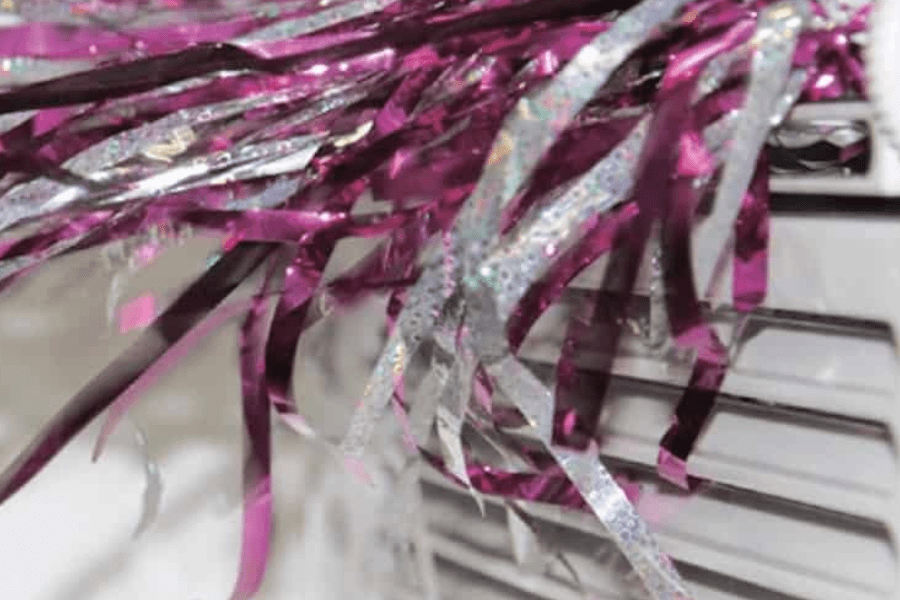Apr 27, 2022
Tackling the House’s Biggest Energy User: The Occupant
The article emphasizes the importance of occupant education in achieving energy savings in buildings. While energy efficiency technology can improve a building's energy efficiency, it is the responsibility of the occupants to conserve energy. Effective communication, respect for the customer's culture, and explaining the weatherization process can help build trust with customers and encourage them to make changes to their energy usage. The article provides simple tips for home performance professionals to teach customers about energy conservation, such as setting the thermostat to specific temperatures and explaining how refrigerators use the most energy. The goal is to change behavior, which can be more challenging than implementing energy efficiency measures.
By: Walter Yakabosky

In many parts of the country, energy efficiency programs are not delivering energy savings as promised. There are several factors that may explain this, and I’m sure we can debate most of them, but there is one factor that is not debatable—buildings do not use energy; people do. Energy efficiency is what we as energy professionals do to a building—we insulate, air seal, install Energy Star-rated appliances and high-efficiency heating systems, and so on. The most difficult part of our work is not so much energy efficiency as it is energy conservation.
The Energy Coordinating Agency (ECA) in Philadelphia, where I work as a training director, is a regional leader in energy efficiency retrofits for existing residential properties. In its 35-year history, ECA has weatherized close to 44,000 homes and saved close to $275 million for low-income families in Pennsylvania and Delaware. We’ve learned a few things over the years about the importance of the people we serve.
Energy conservation is the responsibility of the occupant. In order to improve energy savings as promised, we must be able to marry energy efficiency technology with energy conservation measures. Say for example that we install a programmable thermostat, but the occupants don’t fully understand how it works or their role in operating the device. The occupants are sleeping on the second floor in the winter, and it gets too hot at night. By habit, they will open a window. The work we did to make the building energy efficient is for naught; the occupants are now heating the neighborhood outside. For sure they will complain that all the work we did really didn’t save a lot of energy and money. Hence the need for occupant education.
Effective Communication
Where does occupant education begin, and who delivers it? Occupant education begins with the intake person and is delivered by everyone involved in the weatherization process. At ECA, we emphasize effective communication from the intake person to the final inspection.
Research conducted by Albert Mehrabian, Professor Emeritus of Psychology at UCLA, shows that people pay attention to what you are trying to communicate in three ways. Your words count for 7%; your tone of voice counts for 38%; and your body language counts for 55%. Therefore, the intake person must pay attention to the customer’s tone of voice as well as the customer’s words. Energy auditors, crew chiefs, installers, and quality control inspectors (QCIs) must pay attention to the customer’s body language, tone of voice and words in that order. Everyone who communicates with the customer must use the same terminology, be concise, and be very clear as to what he or she is trying to convey. Your overall goal is to build trust.
Respect
It is highly important to respect the customer’s culture. Inadvertently we may say or do something that can be very offensive, and that can have a negative effect on the customer’s entire weatherization and energy efficiency experience. For example, you should never schedule work at a Jewish family’s house after sundown on Friday or on Saturday, as Saturday is the Jewish Sabbath. Or if you see two refrigerators in a Jewish family’s house, think twice before you tell them that they could save energy if they had only one Energy Star-rated refrigerator. Some Jewish families observe Kosher, where dairy products are kept separate from meat products.

To give another example, some people remove their shoes at the front door; they don’t wear shoes in the house. But to do the work we do, we have to wear shoes. In this case, you can explain to the customer why you have to wear shoes, but you can ask permission to wear booties over your shoes. In almost every case, this would be acceptable. The key here is that you asked and respected them. When you respect your customers, it leads to trust.
Explain the Process
It is important to include the customer in the energy audit and the weatherization process. Keep in mind that most of the work we do is invisible to the customer. Energy auditors should explain step by step what they are doing and why they are doing it. The weatherization crew and crew chief should also explain what they are doing and why. All of these steps—effective communication, respecting your customers, and explaining the weatherization process—are intended to make your customers comfortable with what you are doing to their house, and to earn their trust. If you succeed, they will pay attention to the tips for energy conservation that you are about to explain.
Getting Started
Here are some simple steps you can take as a home performance professional to begin teaching your customers, “Your house doesn’t use energy; you do.”
Tell your customers: During the heating season, set your thermostat to 66–68ºF and set it to 76–78ºF in the summer. Tell them how much energy and money this will save over the course of the year. Tell them to make these changes gradually, and to dress appropriately for optimum comfort.
Here’s a tip that almost every customer will take. Explain that the refrigerator is the appliance that uses the most energy by far. Hopefully, the customer’s old refrigerator was replaced with an Energy Star-rated refrigerator. Explain that a full refrigerator—not a “dense-packed” one though—is more efficient than an empty one. Have the customer fill empty gallon milk cartons with water and put them in the refrigerator. He or she will enjoy a double benefit—a more energy-efficient refrigerator and cold water to drink.
At ECA, we have a document that lists all our energy conservation tips. We know that our customers will not follow all of them. Remember: We are trying to change behavior, which is much harder than dense packing a wall. Based on what we observe regarding the house and the customer’s profile, we’ll pick three tips that the customer is highly likely to take. We then check off the three recommended tips and have the customer sign the sheet.
As a result of applying energy efficiency technologies along with occupant education on energy conservation, the occupant, with ECA’s help, realizes an average 25% reduction in energy use, according to the Philadelphia Gas Works.
A portion of this article originally appeared in Home Energy magazine, which is the eJournal’s predecessor publication.




